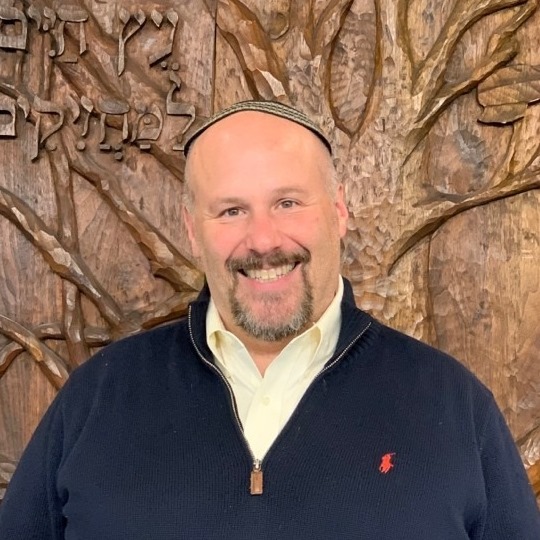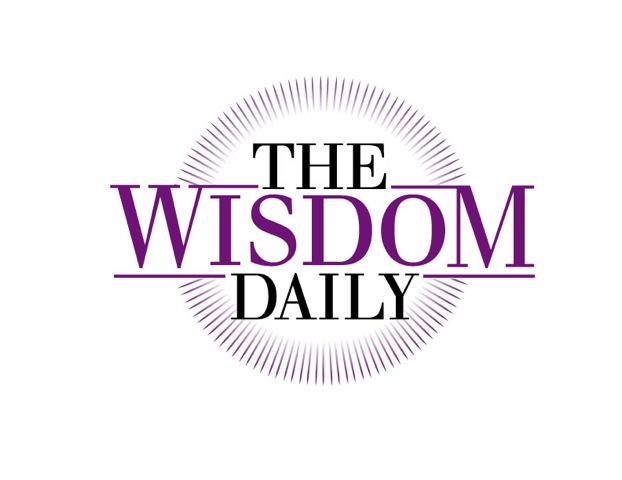Everything has changed since I was ordained in 2001. To quote Rabbi Hayim Herring from his 2012 book Tomorrow’s Synagogue Today: Creating Vibrant Centers of Jewish Life, our Jewish community moved:
- From the age of organizations toward the age of networks
- From credentialed professionals toward avocational experts
- From hierarchical control toward individual autonomy
- From exclusivity to inclusivity
- From monopolization of knowledge toward democratization of knowledge
- From assuming a fee-for-service economy toward expecting a free-for-service economy (at least at a basic level)
Books have been written about how these changes have come to be, emphasizing how Americans and Jews in America have become more suspicious of “organized religion,” and studies have shown that Jews are highly represented in the category of “Nones” – individuals who identify as having no religion. And yet, many who identify as “Jews with No Religion” or “Spiritual But Not Religious” are not actually claiming to be atheists and are not rejecting their Judaism and/or Jewishness (something researchers often ascribe to them). These are individuals who still identify as Jews, but have not (yet) found a spiritual home, or who feel uncomfortable in the legacy institutions that are around them.
I was among the many rabbis who would have harshly judged this cohort of Jewish Nones and Spiritual But Not Religious, saddened by what I perceived as folks opting out of Jewish life.
But no more.
I believe that synagogue leaders need to help their congregations pivot. Not to a lesser type of Judaism, but to building communities of belonging and to engage in what Rabbi Dayle Friedman calls livui ruchani – “sacred accompanying.”
I first learned about the idea of a community of belonging from Dr. Nicholas Pearce, a pastor and management professor. He helped me understand that every place, every location has an element of diversity; diversity is having a seat at the table. Inclusion is being heard at the table. Belonging is about the embrace of our authentic voices at the table. It is our ability to share our truths, to engage in building a “brave space” where we can be seen, heard, and recognized for who we are.
If I seek to lead a community of belonging, then the spiritual offerings need to respond to the needs of the individuals gathering with us. It is time to acknowledge that some needs are different today and how identities are formed is different, too. And yet, life is pretty complicated, so there is a desire among many to find grounding, meaning, strength, and resilience.
At Congregation Har HaShem in Boulder, Colorado, we have been experimenting with different encounters to try to help build deeper relationships – spiritually and socially. Lay leaders have developed opening and closing “rituals” that help people get to know one another in our classes and committee meetings. During sermons, there are often times when we turn to neighbors and have the opportunity to be vulnerable and share deeply.
We also have developed options for other spiritual encounters other than our traditional worship experience. Our cantor offers “Soul Singing,” where folks gather to share in the spiritual and communal power of singing together. This isn’t a choir, but a group of people who experience spirituality through song. Another rabbi leads a contemplative Shabbat encounter, bringing people together with guided meditation, quiet, chanting, and reflection. An art therapist offers spiritual experiences by tapping into their creativity through artmaking. We consider these spiritual encounters to be just as compelling as traditional worship – for some.
I never thought I would change so many of my positions on ritual and tradition within my synagogue. However, I’ve been moved by witnessing such great loneliness during Covid, living in a community with one of the lowest synagogue membership rates in the country and a high percentage of Jews in the area, and learning more about those who consider themselves among the “nones” and “spiritual but not religious,” but who feel positive about being Jewish and living out Jewish values. Lots of us thought that it was a contradiction. But we are learning that it isn’t! It is the evolution of how many Jews identify and are looking for new relevance and meaning. So we are pivoting to respond to the contemporary needs of our diverse Jewish community.
For example, I have shifted my positions to become much more expansive in how we officiate our life cycle events. In addition to officiating weddings where one partner might not be Jewish, we also include numerous opportunities for loving family members of bet mitzvah students to be included in aliyot. (We offer people four options to choose from: the traditional version, the Reconstructionist version, a feminist version, and an English contemporary reading.) We encourage families to explore a connection through a monthly experiential learning experience instead of jumping in and enrolling children in religious school right away. This gives a chance to build some familiarity and lower the financial threshold before making what feels like big, long-term emotional and financial commitments.
It isn’t easy work. It is hard to give myself permission to make certain changes when it comes to ritual, to be sure. I love Jewish tradition. Those in our communities also value our traditions! But their Jewish identities are being formed through different experiences and perspectives. I need to pivot and respond to their 21st-century identities with flexibility, rather than strict standards. With love, rather than judgment. This made me change how we do the aliyot as mentioned above. When people can make informed and authentic choices, when those making Jewish choices in their households feel they can participate fully in ritual life without necessarily being Jewish (celebrating the ger toshav, the Biblical “sojourner” with the Israelites), they are not just thankful for the opportunity, they feel seen and needed. They, then, become more deeply grounded in our synagogue.
Creating a community of belonging means helping others see their citizenship in the community, and then we need to respond to them, not just tell them what is expected of them. This means for those of us who are synagogue leaders, it is time to rethink some long-held positions. We can change our leadership model from one where the clergy are hero-warriors (the ones who fix and rescue) to healers (helping people reconnect to wholeness); have relationships be at the center of everything we do; teach a Torah that is deep and resonant for life, not just for the kids; reconsider our financial and governance structures (how many people find Building Funds to be a Jewish value?); and learn how to gather people more intentionally. Many of us have seen a phrase fixed over the ark in synagogues that says: Da Lifnei Mi Atah Omed – “Know Before Whom Stand.” We associate it with the idea of people standing before God during worship. But I wonder if it is meant for the leaders of the congregation: Don’t forget to remember the people before whom you stand!
Some reading that has influenced me along the way:
- Peter Block: Community: The Structure of Belonging, 2018.
- Hayim Herring: Tomorrow’s Synagogue Today: Creating Vibrant Centers of Jewish Life, 2012.
- Nicholas Pearce: “Re-Imagining The Leader’s Journey,” lecture given in 2021.
- Stephen Lewis, Matthew Wesley Williams, Dori Grinenko Baker, and Parker J. Palmer: Another Way?: Living & Leading Change on Purpose, 2020.

Fred Greene has served as a rabbi at Congregation Har HaShem of Boulder, Colorado since 2015. He aspires to provide a ‘brave space’ for those looking to connect or reconnect to Judaism and Jewish community. As religious life seems out of touch or irrelevant to some, Rabbi Greene’s goal is to help make our Jewish experiences meaningful and compelling, all while helping us reclaim faith, hope, and our own prophetic, moral voice. He was ordained as a reform rabbi at the Hebrew Union College-Jewish Institute of Religion in New York in 2001 and is pursuing a Doctor of Ministry degree at the Iliff School of Theology in Denver.

